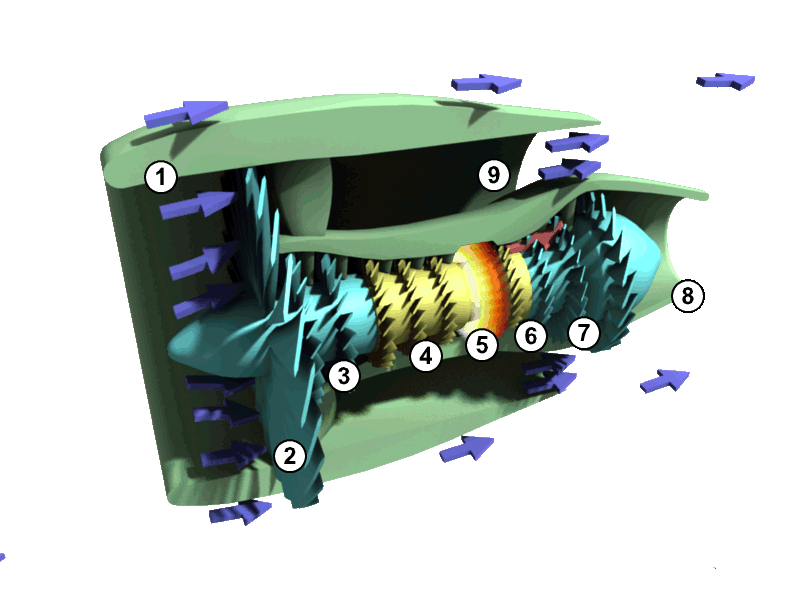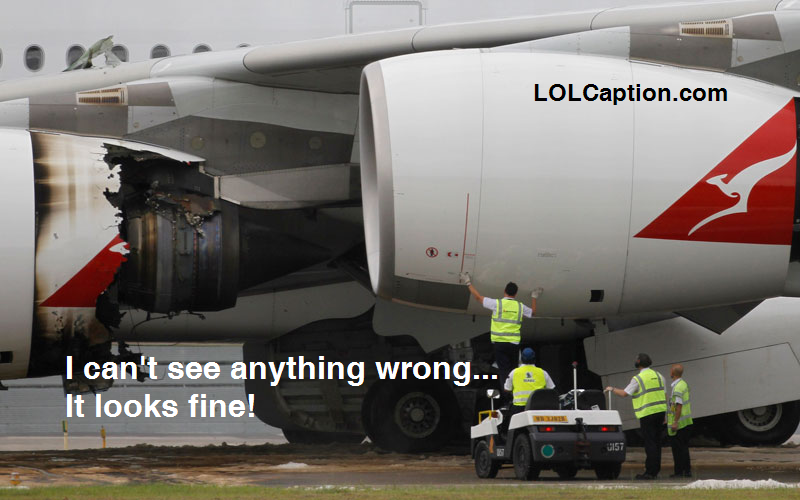Popular Mechanics explains WTF went wrong with the Qantas Airbus A380 Rolls Royce Engine
(Source: Popular Mechanics)

Image Courtesy: Popular Mechanics
As well as being the largest jet in commercial service, the Airbus A380 represents a bid by Europe’s EADS to take from America’s Boeing the title of world’s most advanced commercial aircraft manufacturer. Critical to that endeavor is the aircraft’s ability to not crash, come apart in midair, or generally imperil the lives of the public. Unhappily for Airbus, Qantas A380 was taking off from Singapore on November 4, 2010, when its number two engine exploded with a loud bang. Flying shrapnel punched a hole in the wing and injured two people on the ground, but the plane was able to land safely. Was the engine’s failure a one-in-a-million coincidence, or a result of a fundamental engineering flaw? The fate of billions of dollars worth of aircraft orders may ride on the answer.
Popular Mechanics looked into the investigation preliminary report into the accident and offers an easy to understand explanations in plain English for us not-so informed average citizens. In short, the report notes that the accident happened due to a fatigued metal element inside the engine, which resulted in oil seepage there by leading to a fire and eventually exploding the internal parts of the engine. Great explanations along with the reference to the preliminary report makes for an interesting read (at least that’s what my techy brain says). Click here to read the full analysis.
Related articles
- “Qantas Airbus A380 uncontained engine failure: ATSB preliminary report” and related posts (aircrewbuzz.com)
- Qantas to resume Airbus A380 flights (ft.com)
- Airbus A380: facts and figures (telegraph.co.uk)
- Engine problem grounds Airbus A380 at LAX (abclocal.go.com)
- “Airbus A380 operations back in flight” and related posts (instantriverside.com)
- Qantas Grounds Airbus A380 Fleet After Emergency Landing (dailyfinance.com)
- Engine Blow-Out Grounds Qantas Airbus A380 Fleet (npr.org)
- “Should Qantas Airways ask Rolls Royce for compensation as it restarts Airbus A380 flights?” and related posts (ceoworld.biz)
- About the Air Bus A380 (brighthub.com)
- Factbox: Airbus A380, the world’s biggest passenger jet (reuters.com)
- Airbus A380 engine woe wipes £1bn off Rolls-Royce (telegraph.co.uk)



